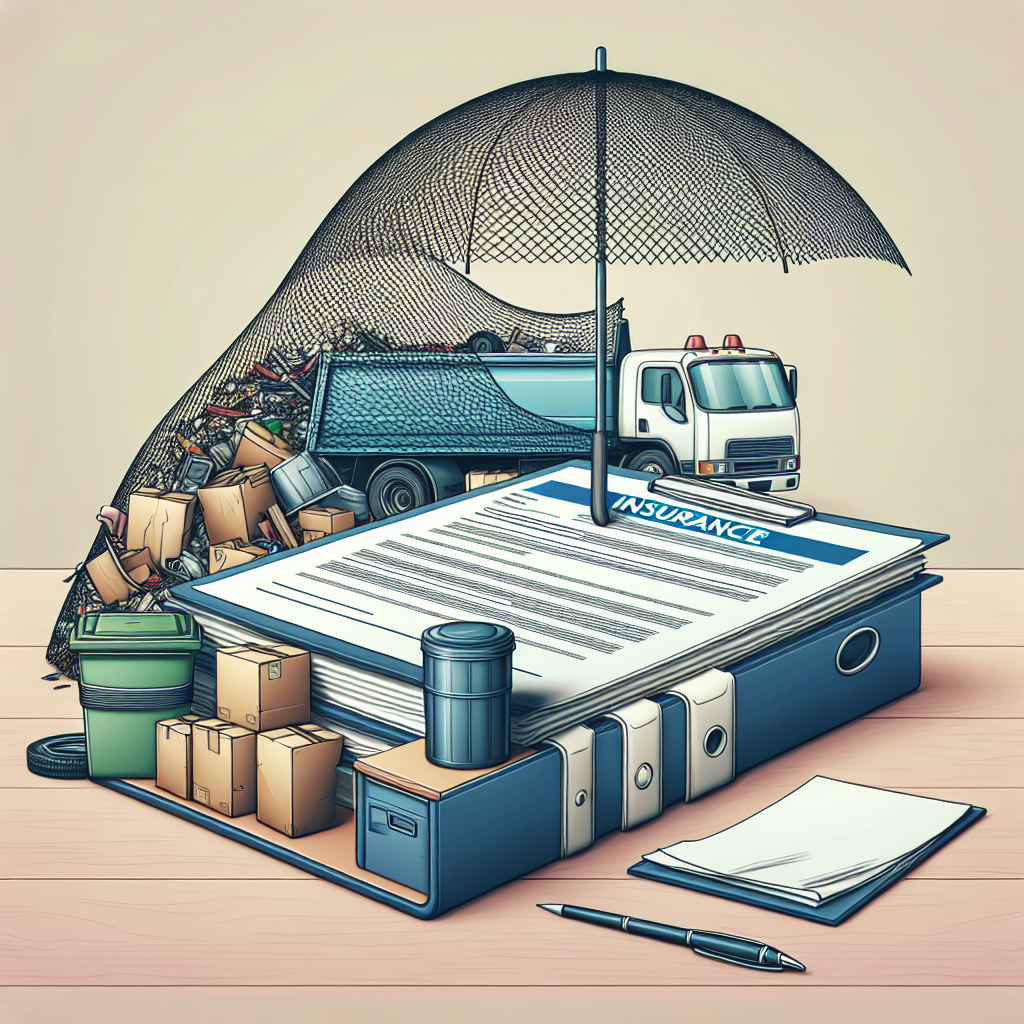Filed under Home Insurance on
Fidelity Home Insurance Coverage Guide and Benefits

Homeowners insurance is the quiet safety net most people do not think about—until they need it. Whether you are buying your first home or reassessing your current coverage, understanding what is protected, what is not, and how to tailor a policy to your risk profile makes a measurable difference. This Fidelity Home Insurance Coverage Guide and Benefits unpacks core protections, valuable add-ons, typical exclusions, and smart ways to save, so you can align coverage with real-world risks and your budget.
Why homeowners insurance matters more today
Reconstruction costs, climate-related perils, supply chain volatility, and rising labor rates have pushed losses higher year over year. Industry data from leading insurance associations show that catastrophe events are occurring more frequently, and claim severity has grown with material and contractor price inflation. In this environment, a carefully calibrated policy can be the difference between a quick recovery and a financial setback.
What homeowners insurance typically covers
While carriers vary in their offerings, most standard homeowners policies include the following core protections:
- Dwelling coverage: Protects the structure of your home—walls, roof, flooring—against covered perils such as fire, wind, and theft.
- Other structures: Covers detached structures like fences, sheds, and garages, typically at a set percentage of the dwelling limit.
- Personal property: Helps replace belongings such as furniture, electronics, and clothing after a covered loss.
- Loss of use: Pays for additional living expenses if a covered event makes your home temporarily uninhabitable.
- Personal liability: Covers legal defense and settlements if you are found responsible for injuries or property damage to others.
- Medical payments to others: Provides limited, no-fault medical coverage for injuries that occur on your property.
The Fidelity Home Insurance Coverage Guide and Benefits overview below breaks down how to right-size each limit and where endorsements can close gaps, especially for water damage, service line failures, and equipment breakdowns.
Key policy choices that shape your protection
Actual cash value vs. replacement cost
Replacement cost coverage pays to repair or replace with similar materials without subtracting for depreciation, while actual cash value accounts for wear and tear. For most homeowners, replacement cost on both the dwelling and personal property offers a more predictable claims outcome.
Deductible strategy
Your deductible is the portion you pay before the insurer steps in. Higher deductibles usually lower premiums, but be careful not to set it higher than what you can comfortably pay in an emergency. In some regions, you may see separate deductibles for wind or named storms; confirm how each applies.
Extended or guaranteed replacement cost
Extended replacement cost increases your dwelling limit by a percentage—often 10% to 50%—if rebuild costs exceed your policy limit. Guaranteed replacement cost, where offered, promises to rebuild even if costs exceed the listed limit. These features help counter inflation and post-disaster price surges.
What is often excluded—and how to fill the gaps
Every policy has limits. Understanding common exclusions helps you choose the right add-ons:
- Flood: Standard policies do not cover flood damage. Consider a separate flood policy or private flood coverage if you are exposed to heavy rain, storm surge, or rapid snowmelt.
- Earth movement: Earthquakes, landslides, and sinkholes usually require separate endorsements or standalone policies.
- Sewer or drain backup: A frequent cause of costly loss; add a water backup endorsement to cover cleanup and repairs.
- Wear and tear: Maintenance issues and deterioration are not covered; home upkeep remains your responsibility.
- High-value items: Jewelry, fine art, collectibles, and instruments may have sublimits; schedule items for broader protection.
- Ordinance or law: Extra costs to meet new building codes after a loss may not be fully covered without an endorsement.
Common endorsements that add meaningful value
- Water backup and sump overflow: Extends coverage to a frequent, pricey category of water damage.
- Service line: Covers underground utility lines you own, such as water, sewer, or electric lines, from the house to the curb.
- Equipment breakdown: Protects major household systems like HVAC, appliances, and smart home devices from mechanical or electrical failure.
- Scheduled personal property: Raises limits and broadens protection for valuables, often with lower or no deductibles.
- Ordinance or law: Helps pay for code-required upgrades during reconstruction.
- Identity fraud: Assists with costs related to identity theft recovery.
How much coverage do you need?
Insuring the dwelling for its reconstruction cost—not the market value—is the goal. Materials, labor, local building codes, and architectural details all influence the rebuild price. A good rule is to work with your insurer or an experienced agent to calculate a dwelling limit using up-to-date replacement cost estimators. For personal property, an inventory helps you select the right limit and decide whether to add replacement cost coverage.
Liability limits are often under-selected. Consider at least $300,000 to $500,000, and evaluate an umbrella policy for additional protection if you have significant assets, a pool, a trampoline, or frequent guests.
Pricing trends and what drives your rate
Home insurance pricing has trended upward due to:
- Catastrophe frequency and severity: Wildfires, hurricanes, convective storms, and hail have produced larger losses in more places.
- Reconstruction inflation: Material and skilled labor costs remain elevated compared to historical averages.
- Reinsurance costs: Insurers pay more to transfer risk, which can influence consumer premiums.
- Roof age and condition: Older roofs or roofs made with less resilient materials can increase rates or limit coverage.
- Claim history: Multiple claims can raise premiums or result in higher deductibles.
To counter these trends, ask about discounts for impact-resistant roofing, monitored security systems, leak detection devices, and wildfire or hurricane mitigation steps.
Underwriting insights: what insurers look for
Expect questions about roof age, electrical and plumbing systems, distance from a fire hydrant, the presence of a wood-burning stove, and whether your home meets modern building codes. Insurers may request photos or inspections to verify details. Proactive maintenance—particularly roof upkeep, GFCI outlets, and updated supply lines—can improve insurability and may reduce losses over time.
Smart ways to save without surrendering protection
- Bundle policies: Combining home and auto is one of the most reliable ways to reduce premiums.
- Increase your deductible thoughtfully: Balance a higher deductible with an emergency fund to avoid financial strain after a claim.
- Mitigation upgrades: Install water leak sensors, whole-home surge protection, and smoke/CO alarms; ask about device-specific credits.
- Roof improvements: Class 3 or 4 impact-resistant shingles may earn discounts in hail-prone regions.
- Lifestyle and loyalty: Claims-free history and long-term customer status can unlock savings with some carriers.
- Review annually: Update your policy after remodels, major purchases, or changes in occupancy.
Claims process: what to expect and how to prepare
- Safety first: Address hazards, shut off water or power if needed, and call emergency services when appropriate.
- Document everything: Take photos and videos of damage before cleanup. Keep receipts for temporary repairs and lodging.
- Report promptly: Notify your insurer as soon as possible. Provide your policy number, event details, and preliminary damage descriptions.
- Prevent further damage: Make temporary repairs and save the receipts; most policies require reasonable steps to mitigate loss.
- Adjuster visit: An adjuster may inspect your property. Share documentation and contractor estimates.
- Settlement and repairs: Review the estimate carefully. If needed, request a reinspection or supplementary payment for uncovered damage found during repairs.
Tip: Create a home inventory now—photos, serial numbers, and receipts stored in the cloud—so you can document losses quickly when time matters most.
Risk management for modern homeowners
Water damage prevention
Water claims are among the most common and costly. Replace aging supply lines with braided steel, install leak detection with automatic shutoff, and insulate pipes in cold climates.
Wildfire mitigation
Maintain defensible space by clearing vegetation, use ember-resistant vents, and consider Class A fire-rated roofing. Some insurers offer inspections and discounts for mitigation steps.
Wind and hail resilience
Impact-resistant roofing and reinforced garage doors can reduce storm damage. In coastal areas, shutters and impact-rated windows offer added protection and potential credits.
How to compare carriers and policies
Evaluating homeowners insurance involves more than price. Use this checklist to compare:
- Financial strength: Review ratings from well-known agencies to gauge claims-paying ability.
- Coverage features: Replacement cost, water backup limits, ordinance or law coverage, and extended replacement cost percentages.
- Claims service: Availability, average turnaround times, and customer satisfaction trends.
- Discounts and incentives: Bundling, mitigation, device-based credits, and loyalty savings.
- Underwriting appetite: Some carriers favor newer roofs or certain geographies; ensure your home aligns with guidelines.
The Fidelity Home Insurance Coverage Guide and Benefits can serve as a practical framework as you compare options from Fidelity-branded offerings and other top insurers, aligning protections with your specific risk profile.
Expert insights and industry trends to watch
- AI-enhanced claims: Many carriers use digital tools to accelerate assessments and reduce cycle times, improving the claims experience.
- Usage-based and sensor-driven discounts: Smart water valves, monitored security, and continuous-risk monitoring may influence premiums in the coming years.
- Climate adaptation: Expect more granular underwriting, wildfire and hurricane mitigation incentives, and stricter roof guidelines in high-risk regions.
- Rebuild cost calculators: Frequent updates to dwelling limits and inflation guard features help keep coverage aligned with real construction costs.
- Community-level mitigation: Programs like fortified home standards can reduce losses and expand insurability in challenging markets.
Case examples: turning features into outcomes
Water backup endorsement in action
A homeowner experiences a basement drain backup during a heavy rainstorm. Without a water backup endorsement, cleanup and damaged furnishings would not be covered by a standard policy. With the endorsement, the policy pays for extraction, sanitization, and replacement of damaged items up to the selected limit.
Extended replacement cost after a wildfire
Supply shortages following a regional disaster push rebuild costs 25% higher than expected. An extended replacement cost feature helps close the gap, allowing the family to rebuild without depleting savings.
Scheduled jewelry coverage offsets sublimits
A theft claim reveals the default jewelry sublimit is insufficient. Scheduling items beforehand ensures full replacement value with broader perils and may eliminate the deductible for those items.
How to prepare for renewal season
- Update your inventory: Add new purchases and renovations, with receipts and photos.
- Assess dwelling limit: Confirm reconstruction cost using the latest estimates; ask about inflation guard.
- Evaluate deductibles: Ensure the amount remains comfortable given your current finances.
- Review endorsements: Revisit water backup, service line, and equipment breakdown coverage as systems age.
- Ask about new discounts: Share mitigation improvements, new devices, or bundled policies.
Balancing premium and protection: a practical approach
Start with non-negotiables—replacement cost on the dwelling and personal property, robust liability limits, and enough loss-of-use coverage to maintain your standard of living. Next, plug common gaps with targeted endorsements. Finally, layer in savings through bundling, higher deductibles within your comfort zone, and mitigation upgrades that also reduce risk.
Frequently asked questions
Are home-based businesses covered?
Standard policies offer limited coverage for business property and liability. If you store inventory or see clients at home, ask about a home business endorsement or a separate policy.
What about short-term rentals?
Occasional short-term rentals can change your risk profile. You may need an endorsement or a different policy form to ensure liability and property coverage apply during guest stays.
How often should I re-evaluate coverage?
Review annually and after major changes—remodeling, additions, significant purchases, or installing mitigation technology. Reconstruction costs can move quickly; do not let your dwelling limit lag.
Does a new roof always reduce premiums?
Often, yes—especially if you install impact-resistant materials. But savings vary by region and carrier. Provide documentation to your insurer to see if you qualify for credits.
What documents help in a claim?
- Photos and videos of damage
- Receipts and serial numbers for high-value items
- Contractor estimates and invoices
- Temporary repair receipts
- Police or fire reports when applicable
Mistakes to avoid
- Underinsuring the dwelling: Market value is not rebuild cost; use a current cost estimator.
- Ignoring sublimits: Jewelry, firearms, cash, and collectibles often have low caps unless scheduled.
- Overlooking water risk: Water backup and maintenance of supply lines are essential.
- Setting too-high deductibles: A lower premium is not helpful if you cannot afford the out-of-pocket cost after a loss.
- Skipping annual reviews: Renovations, code changes, and inflation can outpace outdated limits.
The role of service and support
Coverage is only as good as the service behind it. Consider 24/7 claim reporting, availability of local adjusters, digital tools for faster payments, and proactive risk mitigation resources. Internal claims expertise can be especially valuable for complex losses like smoke damage or code-compliance upgrades.
How this guide helps you choose confidently
A well-structured approach simplifies your decision:
- Clarify risks: Weather exposure, property age, roof condition, and household valuables.
- Set coverage goals: Replacement cost, liability limits, and loss-of-use needs.
- Customize: Add endorsements aligned with your home systems and local hazards.
- Optimize: Seek discounts through bundling and mitigation; calibrate deductibles.
- Review yearly: Update limits and endorsements to keep pace with inflation and life changes.
Using the Fidelity Home Insurance Coverage Guide and Benefits as a roadmap, you can focus on the protections that matter most while avoiding unnecessary add-ons that do not fit your situation.
Checklist: before you buy or renew
- Confirm dwelling limit reflects current reconstruction costs.
- Choose replacement cost for personal property if available.
- Add water backup, service line, and equipment breakdown if relevant.
- Assess liability needs; consider an umbrella policy.
- Inventory high-value items; schedule them if limits are low.
- Document roof materials, age, and any mitigation upgrades.
- Price bundling with auto and other policies.
- Verify special deductibles for wind or named storms.
Looking ahead: resilience and value
Home resilience pays off twice—fewer losses and potential premium credits. From impact-resistant roofing to water shutoff valves and wildfire hardening, investments that reduce claims are increasingly recognized by insurers. Meanwhile, improved data and analytics continue to refine underwriting and claims, creating a more personalized insurance experience.
Final thoughts
Your home is likely your largest asset, and protecting it requires a balance of robust coverage, practical endorsements, and sensible cost control. The Fidelity Home Insurance Coverage Guide and Benefits is designed to help you navigate that balance—clarifying what matters, highlighting opportunities to save, and equipping you to ask the right questions.
As you evaluate options from Fidelity-branded policies or other well-regarded carriers, use this framework to align coverage with your home’s specific risks, your financial comfort, and the realities of today’s market. Done well, homeowners insurance becomes more than a requirement—it becomes a resilient plan for getting life back on track when the unexpected happens.
For a quick recap: confirm your rebuild cost, favor replacement cost coverage, plug water and service line gaps, increase liability thoughtfully, leverage mitigation discounts, and review annually. With the guidance in this Fidelity Home Insurance Coverage Guide and Benefits, you can protect your home with confidence, clarity, and value.
Note: Coverage availability, terms, and discounts vary by state and by insurer. Always review policy documents and consult a licensed representative to understand specifics for your property. The Fidelity Home Insurance Coverage Guide and Benefits provides educational insights and is not a substitute for personalized advice.




